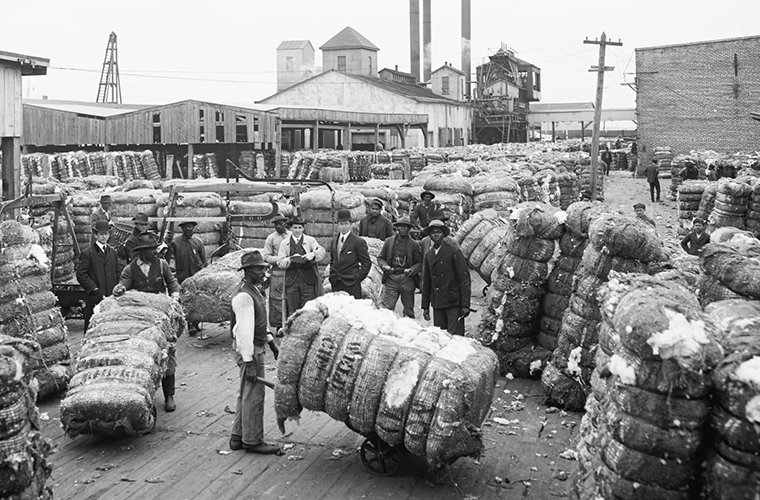Historian and author Edward E. Baptist explain how slavery helped the US go from a “colonial economy to the second biggest industrial power in the world.”
Of the many myths told about American slavery, one of the biggest is that it was an archaic practice that only enriched a small number of men. The argument has often been used to diminish the scale of slavery, reducing it to a crime committed by a few Southern planters, one that did not touch the rest of the United States. Slavery, the argument goes, was an inefficient system, and the labor of the enslaved was considered less productive than that of a free worker being paid a wage. The use of enslaved labor has been presented as premodern, a practice that had no ties to the capitalism that allowed America to become — and remain — a leading global economy.
But as with so many stories about slavery, this is untrue. Slavery, particularly the cotton slavery that existed from the end of the 18th century to the beginning of the Civil War, was a thoroughly modern business, one that was continuously changing to maximize profits.
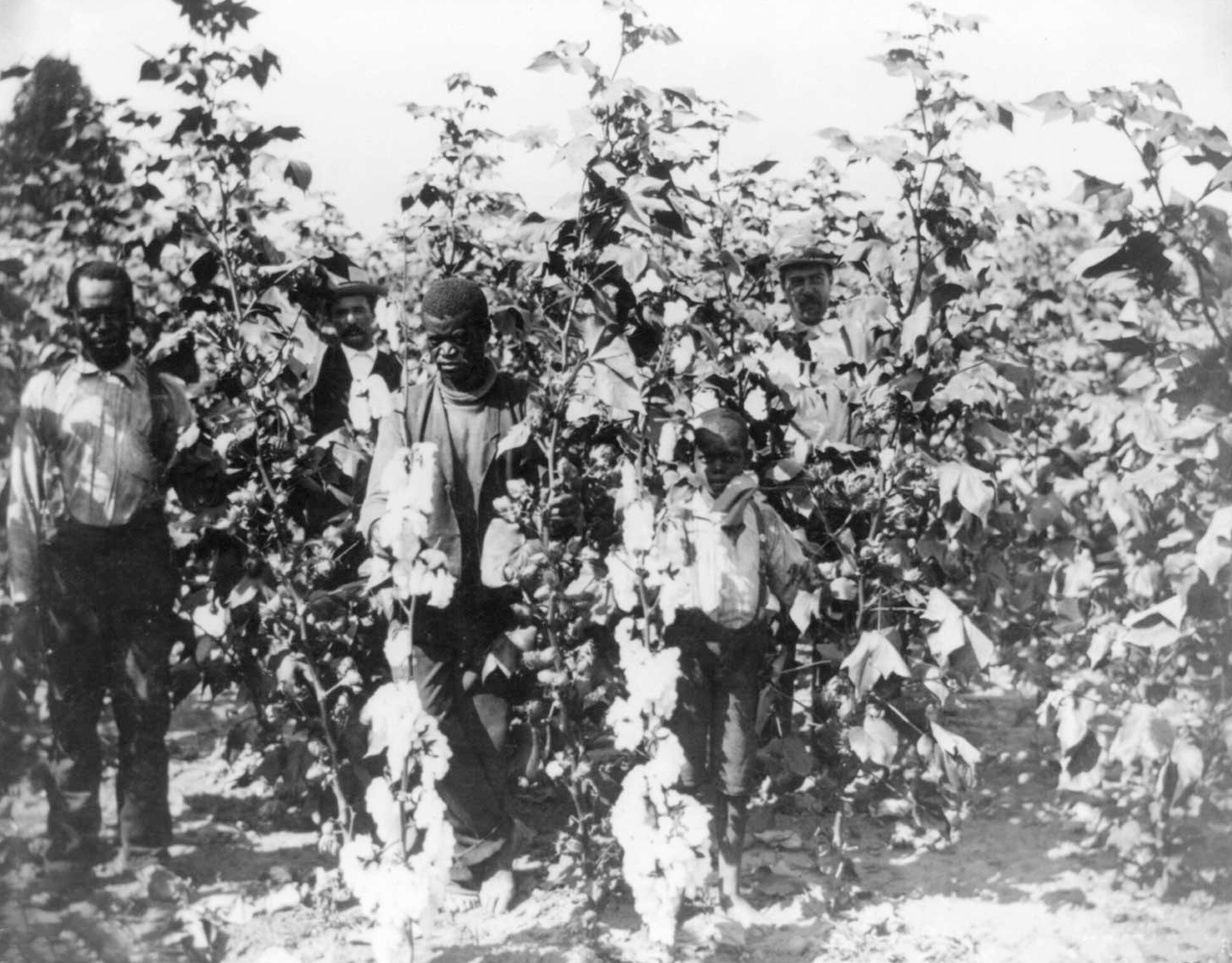
To grow the cotton that would clothe the world and fuel global industrialization, thousands of young enslaved men and women — the children of stolen ancestors legally treated as property — were transported from Maryland and Virginia hundreds of miles south, and forcibly retrained to become America’s most efficient laborers. As they were pushed into the expanding territories of Mississippi and Louisiana, sold and bid on at auctions, and resettled in forced labor camps, they were given a task: to plant and pick thousands of pounds of cotton.
The bodies of the enslaved served as America’s largest financial asset, and they were forced to maintain America’s most exported commodity. In 60 years, from 1801 to 1862, the amount of cotton picked daily by an enslaved person increased by 400 percent. The profits from cotton propelled the US into a position as one of the leading economies in the world and made the South its most prosperous region. The ownership of enslaved people increased wealth for Southern planters so much that by the dawn of the Civil War, the Mississippi River Valley had more millionaires per capita than any other region.
In recent years, a growing field of scholarship has outlined how America — through the country’s geographic growth after the American Revolution and enslavers’ desire for increased cotton production — created a complex system aimed at monetizing and maximizing the labor of the enslaved. In the cotton fields of the Deep South, this system rested on the continuous threat of violence and meticulous use of record-keeping. The labor of each person was tracked daily, and those who did not meet their assigned picking goals were beaten. The best workers were beaten as well, the whip and other assaults coercing them into doing even more work in even less time.
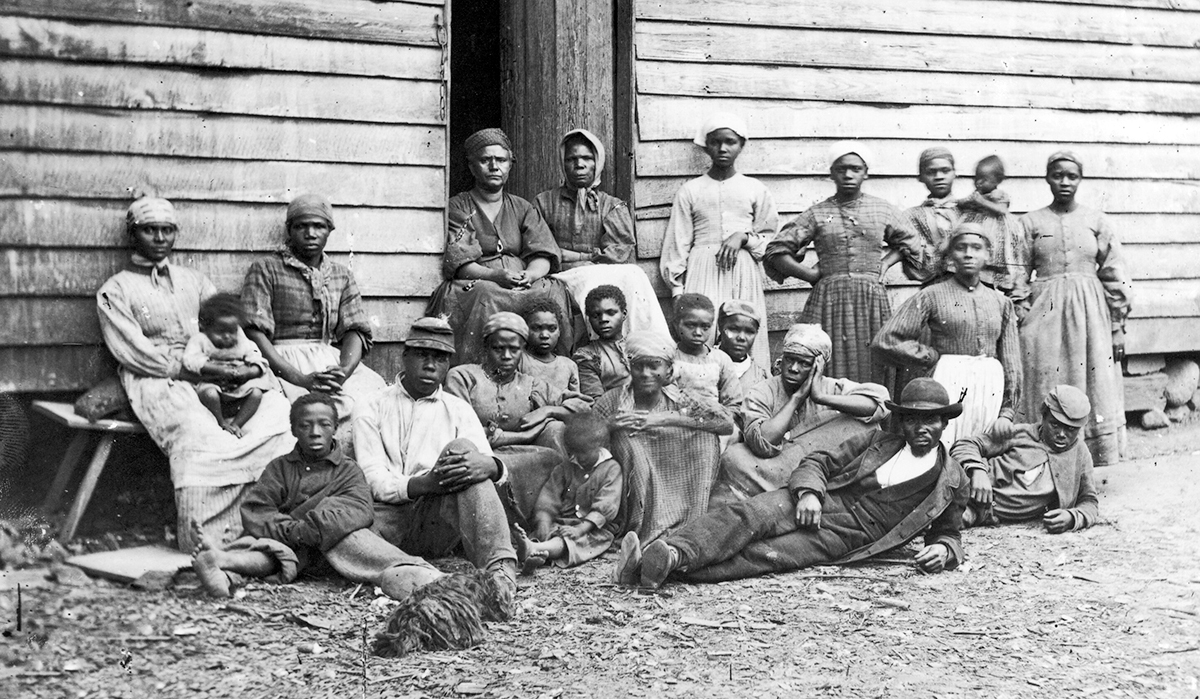
As overseers and plantation owners managed a forced-labor system aimed at maximizing efficiency, they interacted with a network of bankers and accountants and took out lines of credit and mortgages, all to manage America’s empire of cotton. An entire industry, America’s first big business, revolved around slavery.
“The slavery economy of the US South is deeply tied financially to the North, to Britain, to the point that we can say that people who were buying financial products in these other places were in effect owning slaves, and were extracting money from the labor of enslaved people,” says Edward E. Baptist, a historian at Cornell University and the author of The Half Has Never Been Told: Slavery and the Making of American Capitalism.
Baptist’s book came out in 2014, the same year that essays like Ta-Nehisi Coates’s “The Case for Reparations” and protests like the Ferguson Uprising would call attention to injustices in wealth and policing that continue to affect black communities — injustices that Baptist and other academics see as being closely connected to the deprivations of slavery. As America observes 400 years since the 1619 arrival of enslaved Africans to the colony of Virginia, these deprivations are seeing increased attention — and so are the ways America’s economic empire, built on the backs of the enslaved, connects to the present.
I recently spoke with Baptist about how cotton slavery transformed the American economy, how torture, violence, and family separations were used to maximize profits, and how understanding the economic power of slavery impacts current discussions of reparations. A transcript of our conversation has been edited for length and clarity.
When you talk about the sort of myth-making that has been used to create specific narratives about slavery, one of the things you focus on most is the relationship between slavery and the American economy. What are some of the myths that get told when it comes to understanding how slavery is tied to American capitalism? One of the myths is that slavery was not fuel for the growth of the American economy, that it actually the brakes put on US growth. There’s a story that claims slavery was less efficient, that wage labor and industrial production weren’t significant for the massive transformation of the US economy that you see between the time of Independence and the time of the Civil War.
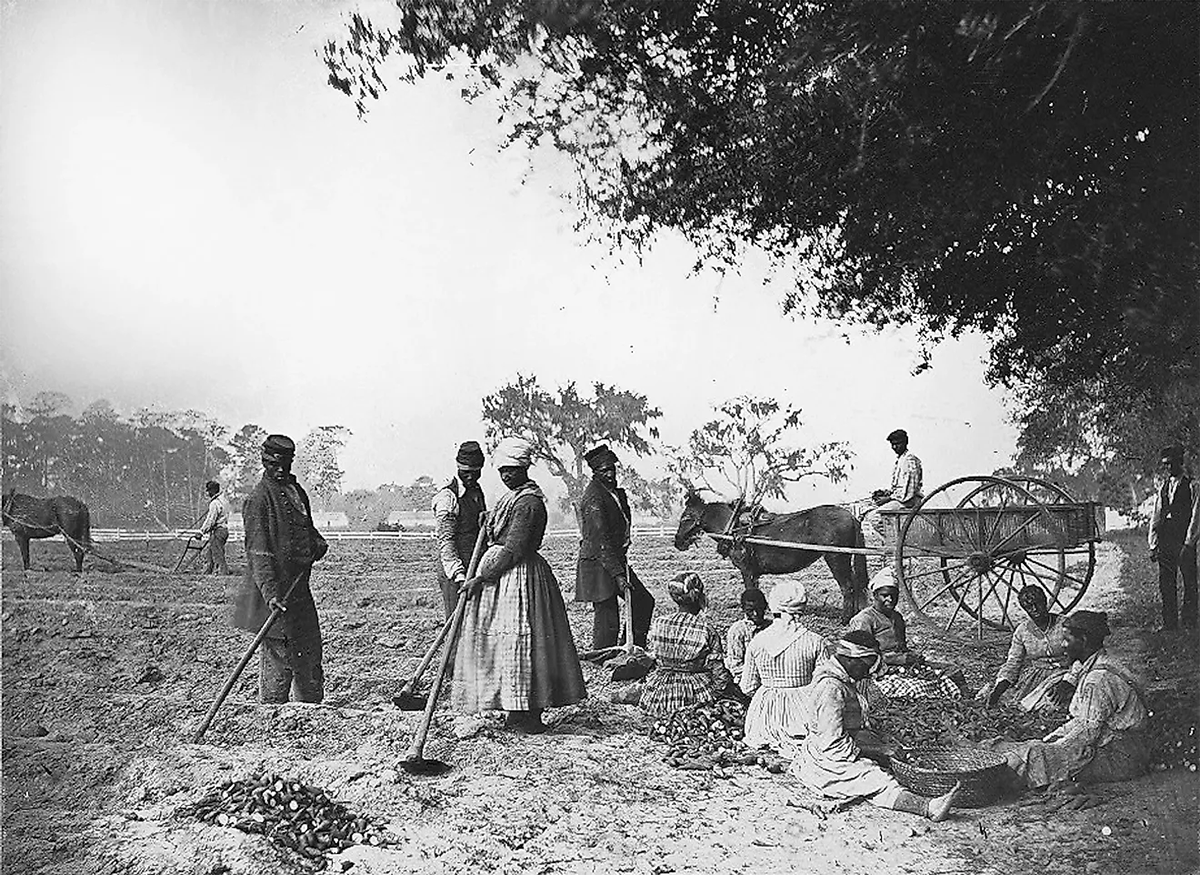
And yet that period is when you see the US go from being a colonial, primarily agricultural economy to being the second biggest industrial power in the world — and well on its way to becoming the largest industrial power in the world. Another myth is that slavery, in and of itself as an economic system, was unchanging. We fetishize machine and machine production and see it as quintessentially modern — the kinds of improvements in production and efficiency that you see from hooking up a cotton spindle to a set of pulleys, which are in turn pulled by a water wheel or steam engine. That’s seen as more efficient than the old way of someone sitting there and doing it by hand.
But you can also get changes in efficiency if you change the pattern of production and you change the incentives of the labor and the labor process itself. And we still make these sorts of changes today in businesses — the kind of transformations that speed up work to a point where we say that it is modern and dynamic. And we see these types of changes in slavery as well, particularly during cotton slavery in the 19th-century US. The difference, of course, is that this is not the work of wage workers or professional workers. It is the work of enslaved people. And the incentive is not “do this or you’ll get fired” or “you won’t get a raise.” The incentive is that if you don’t do this you’ll get whipped — or worse.
The third myth about this is that there was not a tight relationship between slavery in the South and what was happening in the North and other parts of the modern Western world in the 19th century. It was a very close relationship: Cotton was the No. 1 export from the US, which was largely an export-driven economy as it was modernizing and shifting into industrialization. And the slavery economy of the US South was deeply tied financially to the North, to Britain, to the point that we can say that people who were buying financial products in these other places were in effect owning slaves and were certainly extracting money from the labor of enslaved people.
So those are the three myths: that slavery did not cause in any significant way the development and transformation of the US economy, that slavery was not a modern or dynamic labor system, and that what was happening in the South was a separate thing from the rest of the US. As you detail in your work, the focus on cotton production changes what slavery in the US looks like post-1800. But before we talk about those changes, can you discuss what slavery looks like before the true advent of cotton?
This is tied to the [aforementioned] myths, but something to remember is that slavery is everywhere in 1776. At the time of the Declaration of Independence, slavery is legal in every one of the newly created 13 states. And for the most part, slavery is associated with the sectors of the economy most closely connected to the Atlantic world: systems of exchanges and markets that linked the new US to Europe, to Africa, to the Caribbean, and to Latin America.
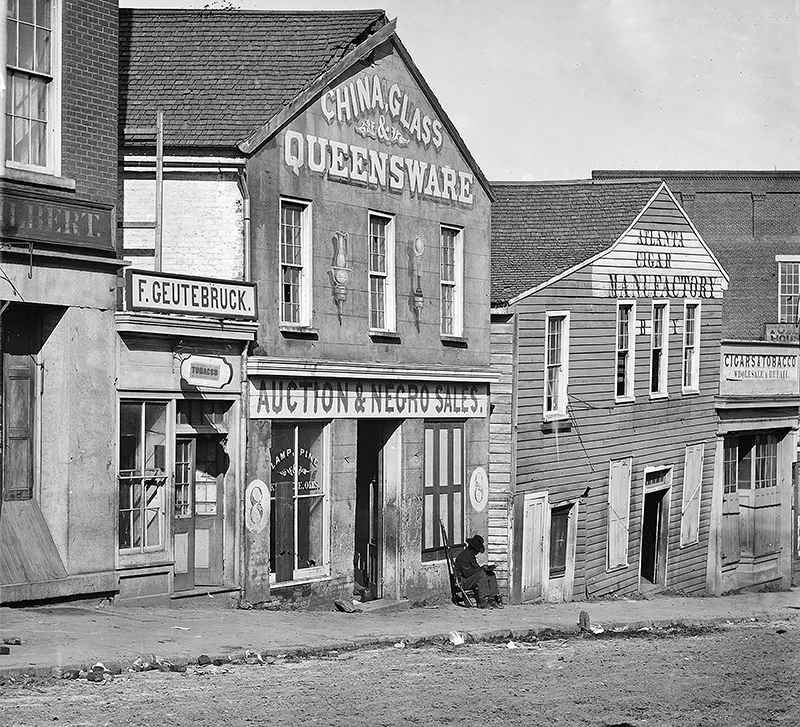
Whether we’re talking about enslaved people working in Virginia tobacco fields, where they produce a significant amount of revenue for the British crown, or people in the rice fields in South Carolina and Georgia, or the enslaved people working as dock workers or servants in northern colonies like Boston, slavery is everywhere. But, over the next 20 years, as the US becomes independent and relationships in the Atlantic — transformed by revolutions in Haiti, the revolution in France, and imperial wars associated with those things — several shifts happen.
And largely due to the resistance of enslaved people and some changes in ideologies, you see the beginnings of the gradual end of slavery in the North.
So slavery, on one hand, shifts to become a Southern institution. At the same time, there’s no longer as strong of a market demand for the products made in the South. The food products were made for Caribbean sugar colonies, where the enslaved aren’t really given time to make their own basic rations [create one market for goods from the South], but the end of slavery in Saint-Domingue, which becomes Haiti, cuts off that demand from one of those main markets. In rice, there are hits to the market as well. And so much tobacco gets made that it overwhelms the market and the price drops. These are threats to the market strength of products made by enslaved people in the US South.
But right at this same moment, Britain begins its process of industrialization and its focus on cotton textiles. And pretty quickly the price of cotton rises dramatically. Enslavers in the Southern US realize that they can plant particular kinds of cotton inland almost right at the same time that the US is ensuring its power over what will become Tennessee, Mississippi, and Alabama. There’s a vast new territory that is opening up when enslavers in South Carolina and Georgia are finding out that there is a new product that they can force people to grow and find a new market with.
And now that Southern enslavers have a new crop that they can force people to grow, how does cotton change what slavery looks like in the American South? The first thing we need to do here is pivot from just talking about cotton as a matter of productive labor and think about reproductive labor as well. And reproductive labor is not just women bearing children, but all of the work that goes into raising a child into an adult. This is work largely done by women, but also by family networks, and communities in general. In the US South, by the late 18th century — and in the case of Virginia and Maryland by the 1730s — what we see is that enslaved families and communities were raising children faster than adults died. So this means that the US, as it becomes independent, no longer relies on the African slave trade, which by the late 18th century is coming under more and more criticism.
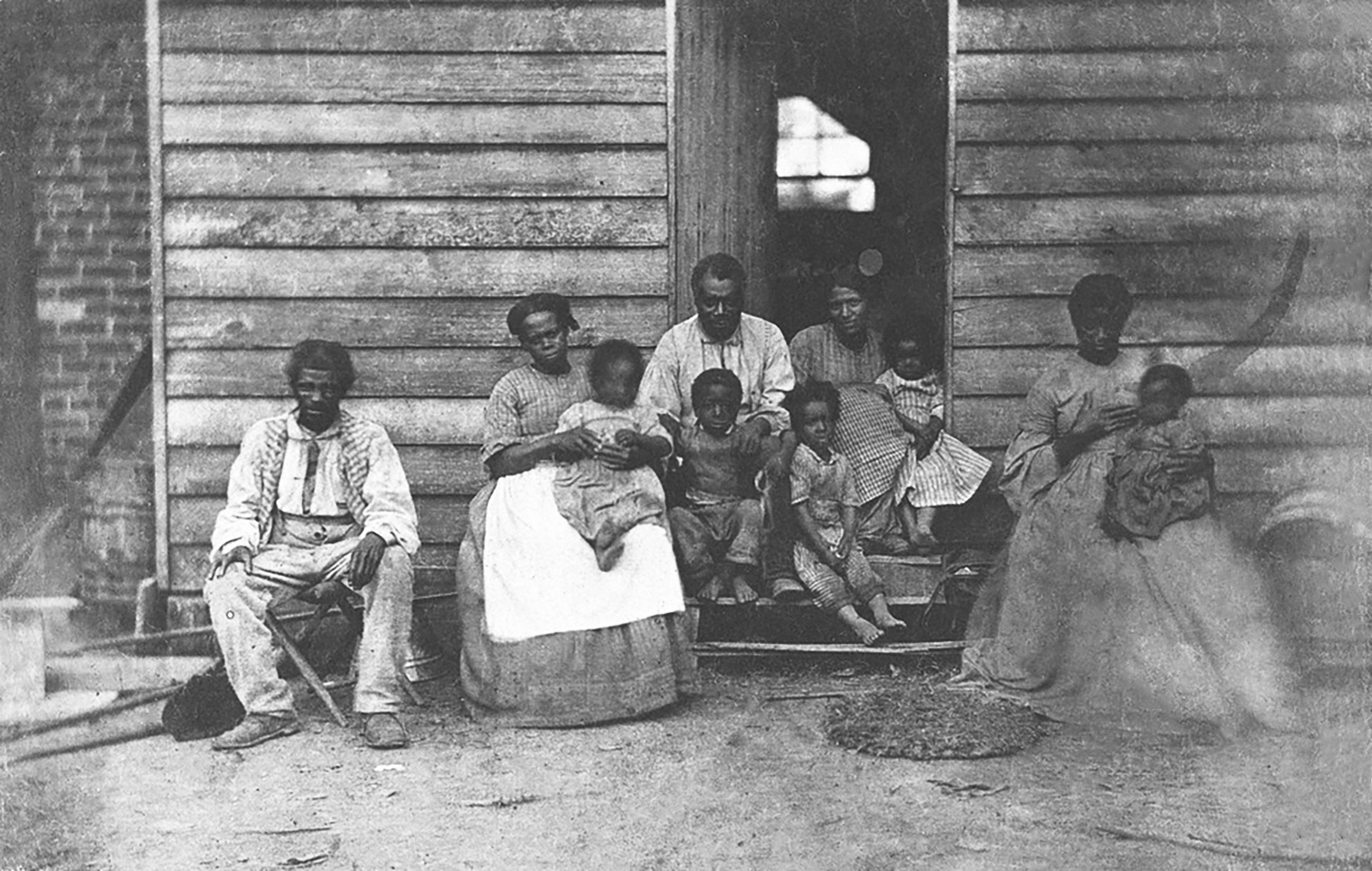
Enslavers increasingly shift already enslaved people in the South and West into what would become the new cotton territories of the South. It’s a vast system for producing cotton that is ultimately fueled by the theft of children from their families and communities who created them. And those who defended the Southern slavery regime would say, “Look, these are legal processes — people are bought, they’re sold, that’s the nature of slavery.” But alongside the theft of physical labor, this marks a theft of reproductive labor from enslaved people, and it serves as the crucial engine of the expansion of US slavery. It is a set of internal slave trades, created by enslavers, financed not just by buyers and sellers in the South but by flows of credit into the region, starting with the land speculation of the late 1790s. And to give a sense of the scale, in the 1780s, as the US becomes independent, there were something like 800,000 enslaved Africans in the newly formed country.
Through the process of internal natural growth of the enslaved population — the reproductive labor if you will, and the additional importation of roughly 150,000 Africans decades before the international slave trade ended in 1807 — that 800,000 increased to 4 million people by 1860. Almost no enslaved African Americans lived in the Mississippi territory when it became a US territory in around 1800. But by 1860, the cotton regions have around 2 million enslaved people living in them. The most important development in this shift, the making of this massive cotton-producing engine, is the internal slave trade. Estimates vary, but at least half a million people were directly moved, and they’re mostly young adults reaching the peak of their productive labor capacity who are still young enough to be retrained by force.
And they are retrained by force. In most cases, they seem to have gone through a very disorienting time in which they are forced to pick cotton and also do all the other operations of a slave labor camp. But picking cotton is especially important because it is the bottleneck of production. They are forced to do this kind of labor and learn this kind of labor and this all happens under the threat of violence and punishment if they don’t learn how to do it fast enough. Staying with that last point about the threat of violent punishment, you write about how, as the desire to increase cotton profits grows, enslavers focus on how to wring more and more profit from the labor of the enslaved. And that increased productivity, you note, is largely a response to the threat and actual use of torture and violence. Can you talk about the ways that violence gets used as a means of forcing increasingly productive labor?
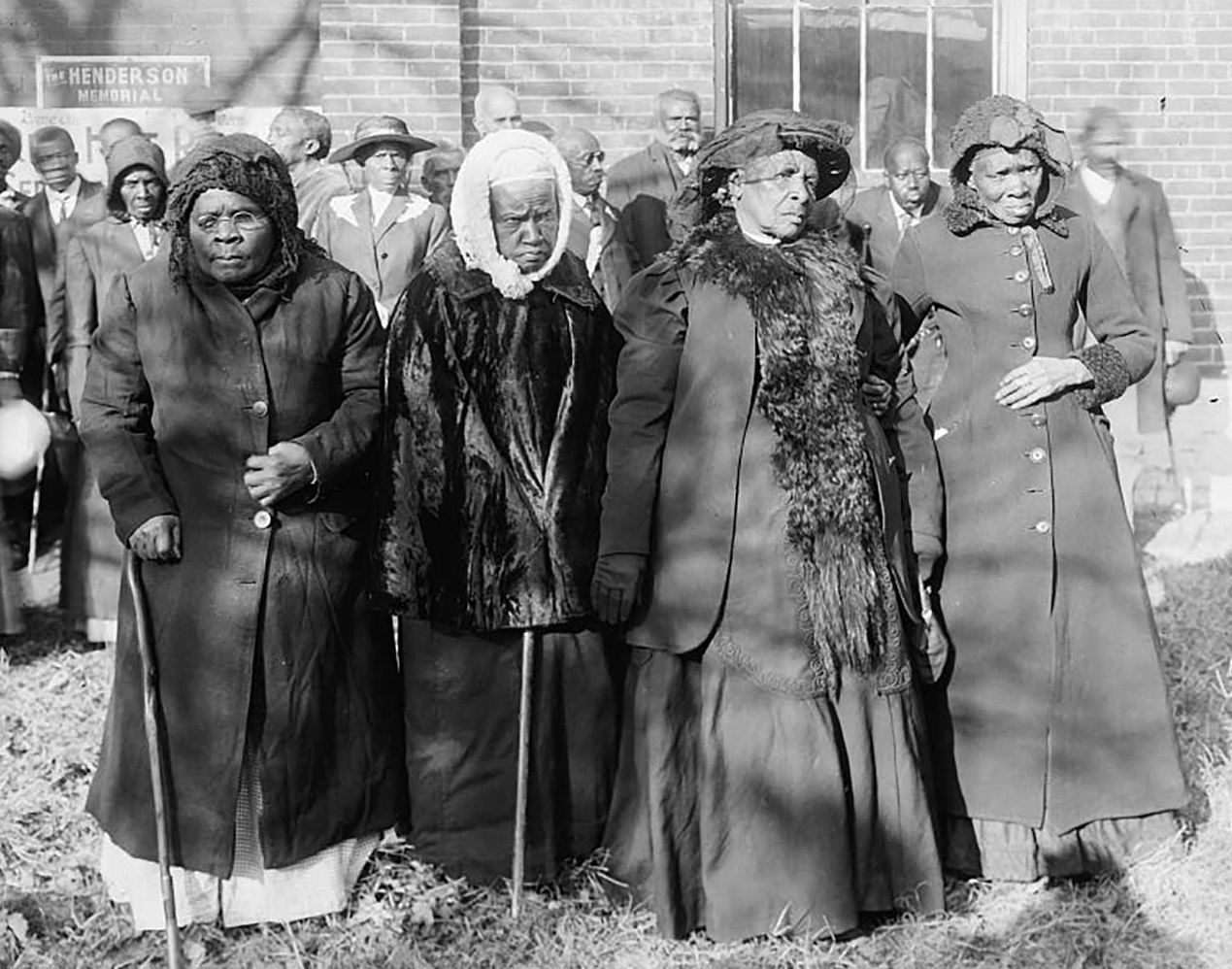
The first form of violence is the violence of the domestic slave trade itself, where people are chained, and forced to march hundreds of miles or are shipped around the cape of Florida. But after that, the violence is really in two forms. One is really a sort of policing violence, something we’re sadly all too familiar with today, that focuses on constraining African American movement — you know, making sure that people don’t leave the labor camp to which they have been sold. And with that, you see patrols and a readiness from whites to question any African Americans they don’t recognize. And once enslaved people are pretty much fixed in one place and are forced to go out into the cotton fields daily for work, what you see is during the day itself there is an increased level of supervision by whites.
In the South Carolina islands, and in a different way in the Chesapeake, enslaved Africans, and African Americans often worked outside immediate white supervision, and often outside direct measurement of their labor output. So while in South Carolina, there’s a daily task, in contrast to that, the people enslaved in the cotton fields of Mississippi and Alabama, and Louisiana are forced to work all day; their work is measured and their labor output is increased over time. So we see that people are forced to work from dawn to dusk, often with direct white supervision, and those who stop working are yelled at to continue to work. At the end of the day, that output is weighed and recorded.
There’s a sort of quintessentially modern idea that “if we enumerate how much people work, we can evaluate that labor better, and then we can demand more labor from them,” and that’s what happens [during cotton slavery]. Quotas for daily cotton picking and minimums that you have to make, or else you will be whipped, clearly, increase over time.
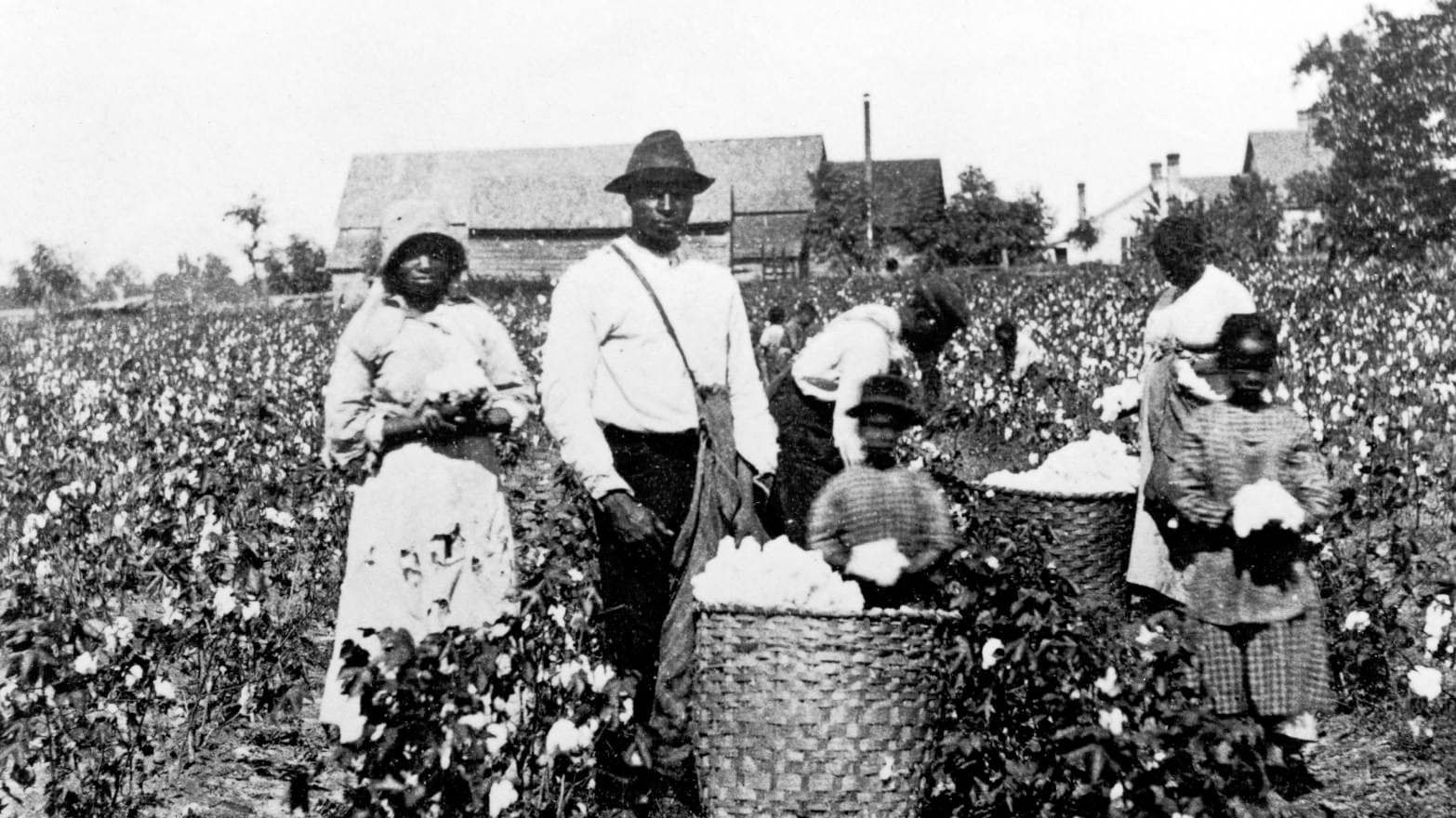
There’s a debate about whether or not if they increase because cotton seeds are better because more labor is demanded and people are whipped for not producing enough, or see their quotas increase because they did produce enough. There’s a debate about what is the causal factor in this increase, and I am okay with saying it’s both. But you have a qualitatively different kind of labor which produces a quantifiable result — an increase of 400 percent in the average amount of cotton picked per day from 1800 to 1860.
I want to shift this conversation a bit and move away from what’s in your book to the book itself — how it was received after it came out, and what it says about how America actually views and understands these kinds of histories. One of the things you often highlight is the importance of centering the voices of enslaved men and women in the story of American slavery. And you’ve been criticized for doing that. At a time when the country is having more and more discussions about slavery and its impact on the present, why do you see centering the voices and lived experiences of enslaved men and women as an important aspect of discussing this history?
I’ll focus on two reasons. First, those voices are truly the wellspring of a tradition of interpretation. They’ve always been the other half — the true half — of this history [when we talk about “half that has never been told,” mentioned in the title of Baptist’s book]. They’re a set of crucial voices that in the US go from survivors of slavery to people like W.E.B. Du Bois and Cedric Robinson, and moving to the present in the works of economists like Sandy Darity and Darrick Hamilton. But they’re a set of voices who are refusing to accept a story that says that what the survivors of slavery endured in the cotton fields has nothing to do with the wealth of the US today or the disproportion of the wealth between white people in the US on average and the wealth of black people in the US on average.
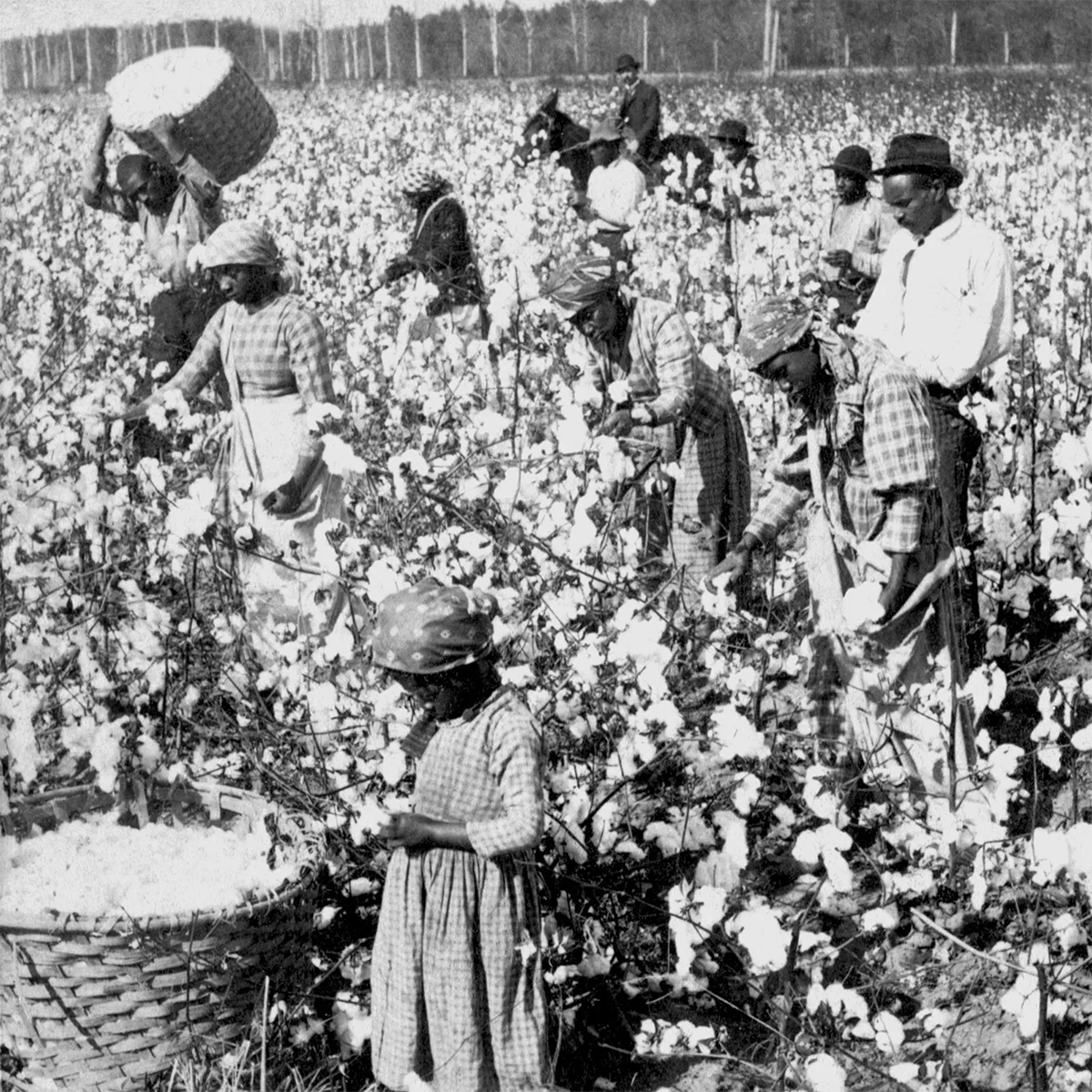
So on one hand, this is a tradition of people who make a very obvious point which seems clearly true to me. But on the other hand, this is a tradition that has been all too often ignored or downplayed, or critiqued. It’s crucial to center the voices of the people talking about their own situation not only because they understood it best and understood the facts of it, but they also understood the philosophy of it.
Frederick Douglass gets told after he escapes from slavery that he needs to be charismatic, not intellectual. A white abolitionist tells him “give us the facts, we’ll take care of the philosophy.” And he tells them no.
But I think centering those kinds of voices is crucial, and the interpretations that come from those voices, as a historian, that is the job. It’s also an important thing when we get to my second point: that a huge component of white American identity is a quest for historical innocence and historical exceptionalism. And this depends on having white voices telling the story.
As a white historian, the best thing I can do to disturb that is to bring nonwhite voices to the forefront in how I tell the story. Not just because these voices are correct, but because telling the story in this way helps — to a small extent — to do the work of helping a white reader be able to confront the history of their own identity formation, the history of their own wealth. I won’t say that one book or one historian is going to take care of it, but that’s the work that I can try to do. You’re now five years removed from the publication of The Half Has Never Been Told. Going off of your point about doing the work to push their voices to the forefront, in 2019, a year where we’re commemorating 400 years since the arrival of roughly 20 enslaved men and women to what would become the United States (though not all scholars agree on this exact anniversary), do you think the country is more receptive to hearing these voices?
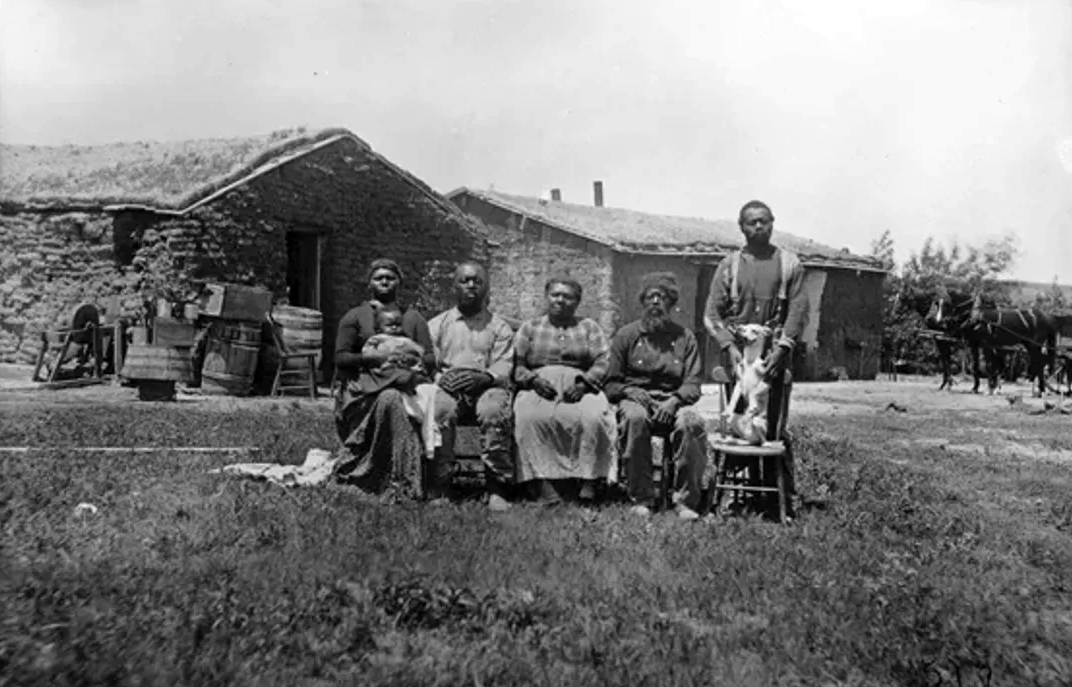
That’s a tough question in 2019. I wrote the book over a long period of time, and when I started, people were writing different things and in some cases asking different questions about slavery. But there were a number of folks who had started to ask the questions that mine was inspired by and were pushing the conversation toward — the works of Du Bois, Angela Davis, and the Caribbean tradition of study. I don’t know where the conversation is going to go next.
But what I am happy to see is that because of the work of activists involved in the Movement for Black Lives, and activists in the different reparations movements, some of the questions and critiques that a few of us historians tried to amplify are being amplified far more broadly and effectively by these forces in society. The question of reparations, for instance, comes up every 15 years or so as something that the media engages with, and there’s predictably a backlash as you see a massive white resistance to the idea. And that backlash plays a role in burying these types of questions.
So I hope that whatever the policy outcomes might be, I hope that the conversations don’t get buried by that resistance. And I’d be remiss if I didn’t point out that we’re talking about reparations in a moment where white nationalism is ascendant. And in the past, those kinds of phenomena have had the effect of not only producing violence, but they’ve also suppressed discussions about how we address the question of what is owed after slavery. And the debt is so great that whites have little claim to say that something is too much to pay. They have no standing to argue that wealth distribution should remain where it is today. There’s no justifiable way — in my opinion — to make that argument. So I am worried that the violence of our time may suppress any movement toward a better resolution of the arguments implied by calls for reparations.

